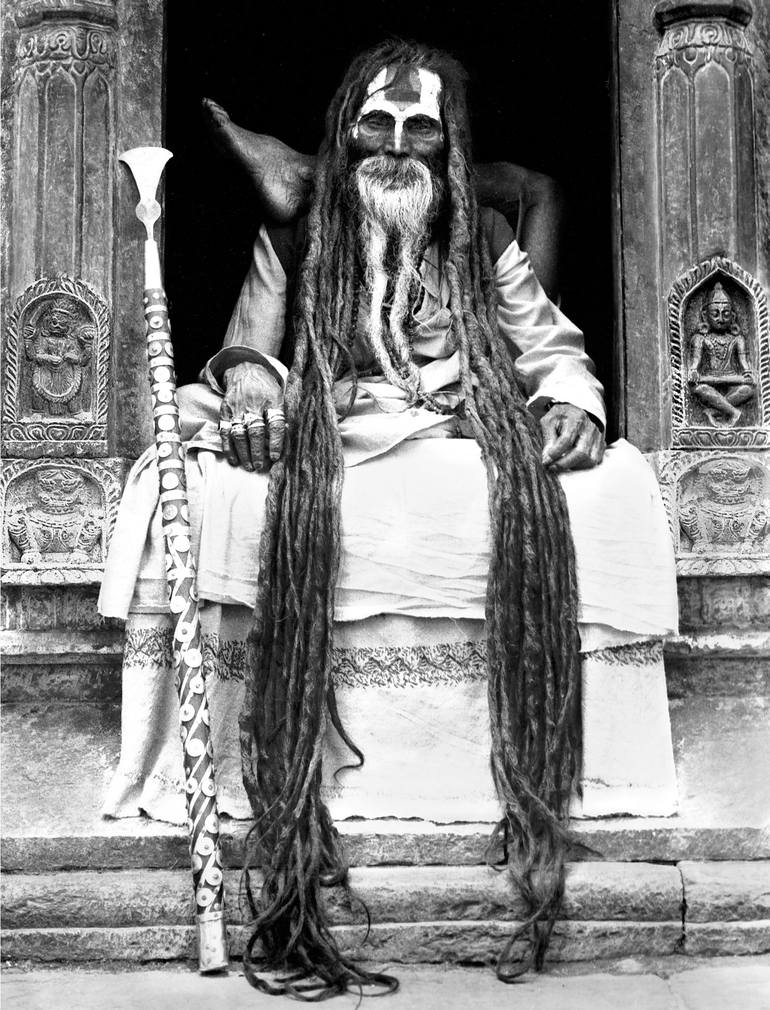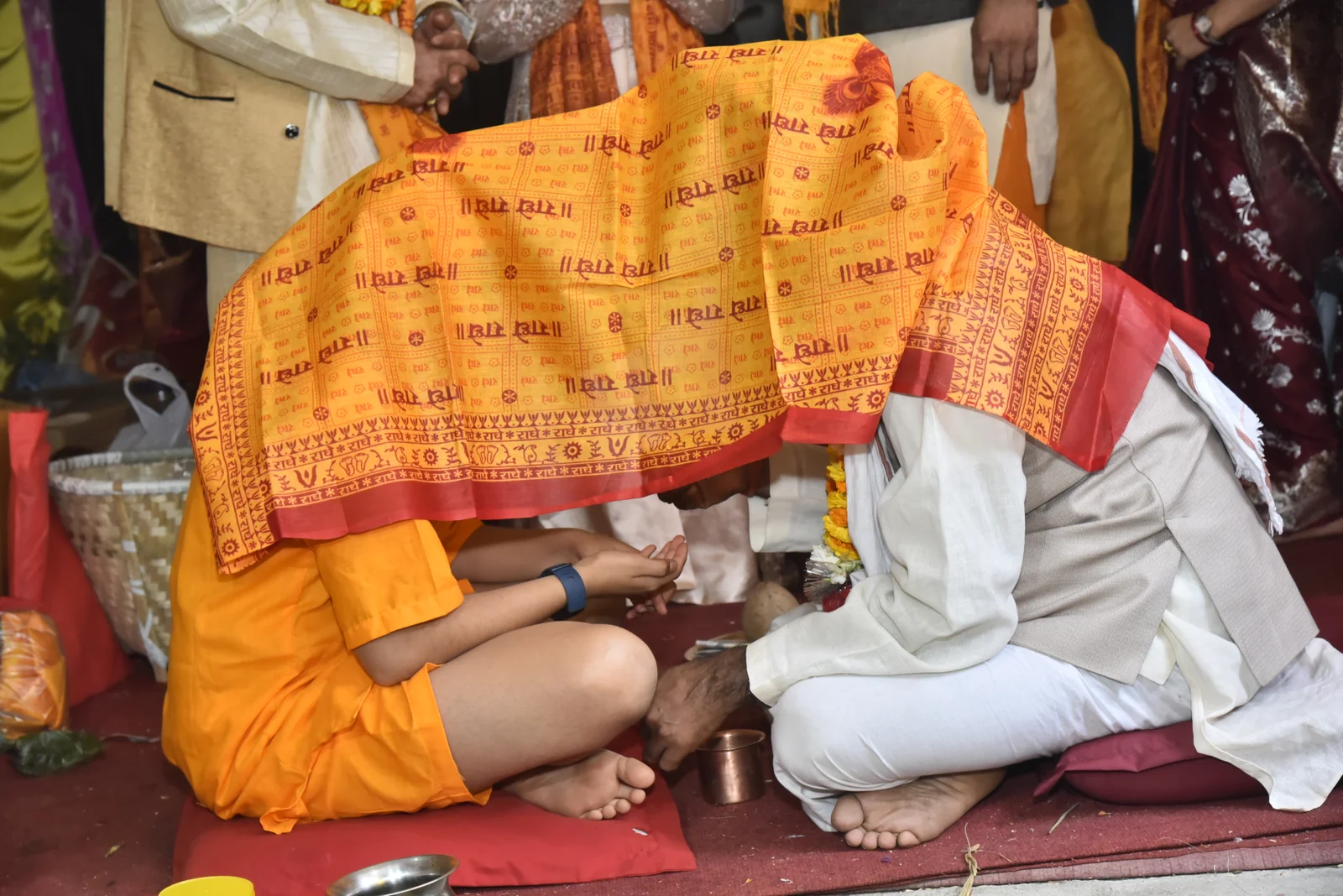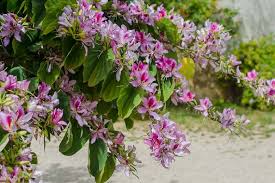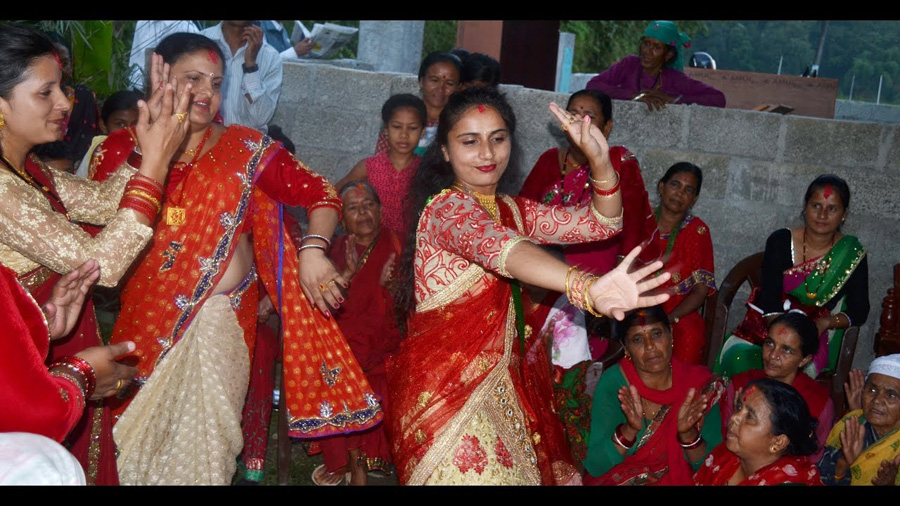Share this Article
Introduction
Nepal, a land of towering Himalayan peaks and deep spiritual traditions, has long been a sanctuary for yogis, ascetics, and seekers of divine wisdom. Among these mystics, the enigmatic ‘Black Yogis’ stand out as one of the most secretive and intriguing groups. Shrouded in myth and legend, these ascetics are said to possess extraordinary powers, including the ability to survive without food or water for years, sustaining themselves solely through spiritual energy.
Who are these mysterious yogis? Are their abilities real, or are they the stuff of folklore? This article delves into the legends, practices, and possible truths behind Nepal’s elusive Black Yogis.
Who Are the ‘Black Yogis’?
The term ‘Black Yogis’ is not widely documented in mainstream scriptures but is often whispered among spiritual seekers and locals in Nepal. These ascetics are believed to belong to a secretive sect of yogis who have attained the highest levels of yogic mastery through extreme discipline.
Key Characteristics:
- Dark Attire & Ash-Covered Bodies: Their name may come from their black robes or the sacred ash (vibhuti) they smear on their skin, symbolizing detachment from worldly life.
- Extreme Austerities (Tapasya): They practice severe forms of self-denial, including prolonged fasting, meditation in harsh conditions, and isolation from society.
- Possible Links to Tantra & Aghora: Some speculate that they follow esoteric paths like Tantra or Aghora, which involve unconventional methods to attain enlightenment.
Unlike mainstream sadhus, the Black Yogis remain hidden, emerging only in rare encounters—adding to their mystique.
Legends and Myths Surrounding Them
The folklore of Nepal is rich with tales of these enigmatic ascetics, often blurring the line between reality and myth.
Surviving Without Food
- Some believe these yogis live on prana (life force energy) instead of food, absorbing nourishment from sunlight, air, and cosmic vibrations.
- Legends speak of yogis meditating in caves for decades without eating, their bodies sustained by sheer willpower and spiritual energy.
Supernatural Abilities
- Teleportation: Some claim these yogis can appear and disappear at will.
- Extreme Longevity: There are whispers of Black Yogis living for centuries, their bodies preserved through yogic techniques.
- Invisibility: A few reports suggest they can render themselves unseen to ordinary people.
While skeptics dismiss these accounts as exaggerations, believers argue that such powers are attainable through advanced yogic practices.
Connection to Breatharianism and Yogic Powers
The idea of surviving without food aligns with the ancient yogic concept of Breatharianism—sustaining oneself on prana alone.
Yogic Techniques Linked to the Black Yogis:
- Surya Bhedana Pranayama: A breathing technique said to absorb solar energy.
- Samadhi: Deep meditative states where bodily needs diminish.
- Kechari Mudra: An advanced practice where the tongue is turned backward to stimulate higher consciousness.
Ancient texts like the Hatha Yoga Pradipika and Shiva Samhita describe siddhis (supernatural powers) that allow yogis to transcend hunger and thirst.
Tantric and Aghori Influences
Some researchers suggest that the Black Yogis may be linked to the Aghori sect, known for their extreme and unconventional practices.
Aghori Practices:
- Meditation in Cremation Grounds: Aghoris seek enlightenment by confronting death and decay.
- Detachment from Social Norms: They reject societal taboos, sometimes consuming minimal food or engaging in rituals that shock outsiders.
While not all Black Yogis are Aghoris, their shared emphasis on radical transcendence suggests possible overlaps in their spiritual paths.
Scientific and Skeptical Perspectives
Modern science remains skeptical of claims that humans can survive without food for extended periods.
Case Studies:
- Prahlad Jani: An Indian sadhu who claimed to live without food or water for over 70 years. Scientists studied him but could not conclusively prove his claims.
- Hira Ratan Manek: A breatharian who says he survives on sunlight and minimal water.
Possible Explanations:
- Metabolic Slowdown: Some yogis may enter a hibernation-like state, drastically reducing their energy needs.
- Hidden Nourishment: Critics argue that these ascetics may consume small amounts of food secretly.
Despite skepticism, the possibility of advanced yogic control over metabolism remains an open question.
Where Are the Black Yogis Found?
These mystics are said to dwell in the most remote and sacred regions of Nepal:
Reported Locations:
- Himalayan Caves: Muktinath, Gosaikunda, and Mustang.
- Deep Forests: Karnali and Rukum regions.
- Hidden Ashrams: Near Pashupatinath Temple and Baglung.
Most remain in complete seclusion, only rarely glimpsed by trekkers or pilgrims.
Modern-Day Encounters and Disappearances
Occasionally, travelers report eerie encounters:
- Mysterious Figures in Black: Seen meditating in caves, only to vanish when approached.
- Legends of Immortal Yogis: Some believe certain Black Yogis have lived for centuries, appearing sporadically before disappearing again.
Whether these accounts are real or imagined, they contribute to the enduring legend of these enigmatic ascetics.
The Spiritual Significance of Their Lifestyle
Beyond the mystery, the Black Yogis symbolize:
- Ultimate Renunciation: Letting go of all physical needs in pursuit of enlightenment.
- Mastery Over the Body: Demonstrating that human potential extends beyond known limits.
- A Challenge to Materialism: Their existence (if real) questions modern dependence on food and comforts.
Conclusion
The Black Yogis of Nepal remain one of the most fascinating mysteries of the spiritual world. Whether they are enlightened beings who have transcended physical needs or simply the subjects of exaggerated folklore, their legend continues to captivate seekers of truth.
Perhaps their greatest lesson is this: The human body and mind hold untapped potentials—some of which may defy conventional understanding.
For now, the Black Yogis remain hidden in the shadows of the Himalayas, guarding their secrets in silence.
Categories:
Culture & Traditions
Tags:
Black Yogis








